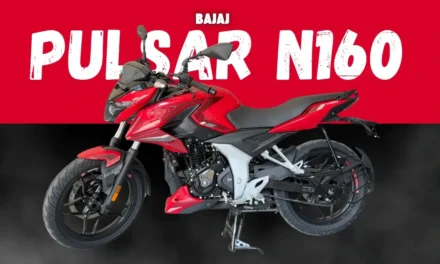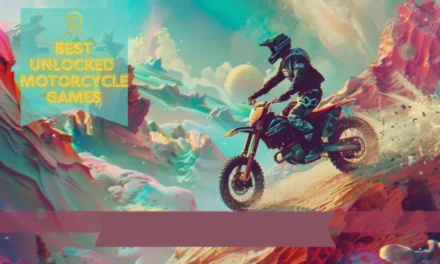The Outlaws Motorcycle Club (MC) isn’t just a group of riders; they’re a brotherhood steeped in legend, loyalty, and, as recent headlines show, chilling violence. Let’s peel back the layers of this infamous club, from their “1%er” pride to the FBI’s relentless pursuit.
The Jason Brown Case
In 2019, Jason Brown—a 43-year-old Kitchener man and Outlaws MC prospect—was kidnapped from a cemetery, driven to Oshawa, Ontario, and executed. His crime? Allegedly breaking the club’s code. What shocked even seasoned riders wasn’t just the brutality, but the betrayal: Brown’s accused killers included his “brother,” Mathew Drumond, a full-patch Outlaw.
Drumond’s no stranger to violence. In 2014, he was wanted for a home invasion involving firearms. By 2025, he faced murder charges in Brown’s death, alongside his brother Joshua and others. The case dragged on for years, with Ontario police offering a $50,000 reward for tips. For motorcyclists, it’s a grim reminder: the line between brotherhood and bloodshed is razor-thin.
Read: How Outlaws Motorcycle Club Shaped America’s Road Culture
FBI’s Infiltration, Raids, and Rewards
Law enforcement isn’t sitting idle. The Ontario Provincial Police (OPP) Biker Enforcement Unit has raided Outlaws chapters, seizing sniper rifles and drugs. Meanwhile, the FBI’s history with the club reads like a thriller. Retired agent Scott Payne spent years undercover with the Outlaws during Operation Roadkill, risking his life to expose drug trafficking and racketeering.
“You’re playing a role, but you start to care about these guys,” Payne admitted in a podcast. “Then you remember: they’d kill you if they knew the truth.”
Today, the feds target Outlaws members for everything from illegal firearms (like New York’s Scott J. Barnes) to explosives. In February 2025, a Florida Outlaws member named Gregory Simons allegedly tossed a bomb at rival Pagans MC members outside a restaurant—a stark example of how turf wars still ignite.

Members with Outlaws Motorcycle Club
Prospects, Patches, and “God Forgives; Outlaws Don’t”
Joining the Outlaws isn’t like signing up for a weekend riding group. To earn your patch, you need:
- A 750cc+ American-made bike (Harley-Davidson, naturally).
- A sponsor and a unanimous vote from the chapter.
- A grueling “prospect” phase where you’re tested for loyalty—sometimes through violence.
Their iconic three-piece “colors” (vest patches) scream defiance: the top rocker reads “Outlaws,” the center logo often features a skull and pistons, and the bottom rocker lists their chapter. The diamond-shaped “1%” patch? That’s their badge of honor, a nod to the myth that 99% of riders are law-abiding—but not them.
Former members like Dave Spurgeon describe a life of adrenaline and paranoia: “You’re family until you’re not. Then you’re a target.”

Inside Outlaws Motorcycle Club
Turf Wars: Outlaws vs. Pagans, & Hells Angels
The Outlaws rivals read like a biker Game of Thrones:
- Pagans MC: In 2025, that Florida bomb incident wasn’t random. These two clubs have clashed for decades over drug territories.
- Hells Angels: While direct 2024 clashes are scarce, their feud dates to the 1970s, with hundreds killed in battles like the 1974 “Milwaukee Massacre.”
- Loners MC: A 2023 fight in Cornwall left members injured—proof that even smaller clubs aren’t safe from Outlaws’ wrath.
For everyday riders, these wars spill into public spaces. Imagine stopping for a burger and getting caught in a crossfire over a rival’s T-shirt (yes, that happened in the Florida Keys).
Why Some Riders Walk Away from the Club
Not all stories end in cuffs or coffins. Some members, like Peter James, claim the club’s mellowing: “The old-school guys cared about bikes. Now? It’s just gangsters on Harleys.”
Others find redemption. Ex-Outlaws leader Dave Spurgeon turned his life around after prison, warning, “The brotherhood isn’t worth losing your soul.”
And let’s not forget clubs that reject the outlaw life entirely:
- Blue Knights MC: Founded by cops, they host charity rides and safety workshops.
- Iron Order MC: Open to military and law enforcement, they’re dubbed “outlaws” by some but focus on community, not crime.
Even the American Motorcyclist Association (AMA) pushes for a safer, inclusive culture—far from the “1%” stereotype.
Is the Outlaw Life Worth It?
Ask Randall “Madman” Miller, serving life for bombings and murder in the 90s. Or Mathew Drumond, awaiting trial for killing his friend. The Outlaw’s legacy is a mix of rebellion and ruin—a lifestyle that’s equal parts thrilling and tragic.
For riders like me? The open road’s freedom doesn’t require a criminal record. Clubs like the Blue Knights or AMA-sanctioned groups offer camaraderie without the chaos.
So, what’s your take? Could you ever ride with the Outlaws—or does the risk outweigh the rebel allure? Drop a comment and keep the rubber side down.






